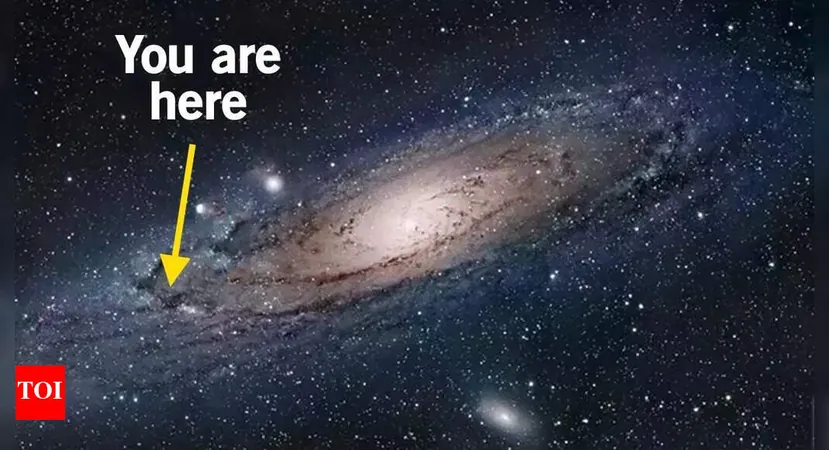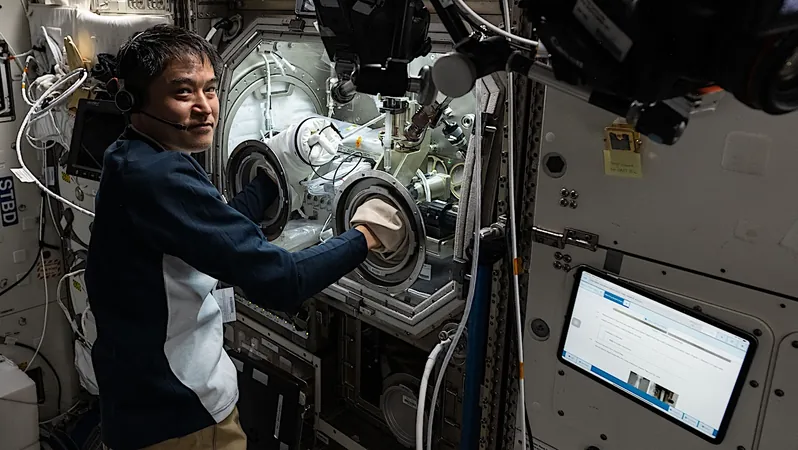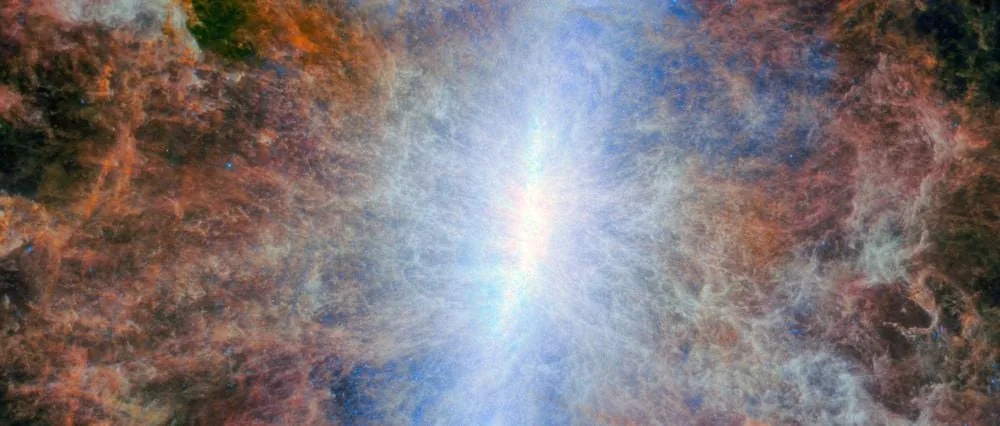
The Universe: An Explosive Journey Beyond Pluto
2025-05-27
Author: Emily
Unlocking the Mysteries of the Cosmos
The universe is a vast, unfathomable expanse, challenging our very understanding of existence. With more than 2 trillion galaxies and an unimaginable number of stars and planets, it's a colossal realm like no other. From the far reaches of Pluto to the astonishing 93 billion light-year span of the observable universe, our cosmic playground is not just big—it's truly extraordinary.
Pluto: A Cosmic Road Trip
To grasp the sheer size of space, consider a road trip to Pluto, the furthest dwarf planet at the edge of our solar system. If you could drive straight towards it at a swift 60 mph, it would take an astonishing 6,000 years to arrive. That's more time than has passed since humans began recording history! And yet, in cosmic terms, Pluto is practically our neighbor—just 5.9 billion kilometers (3.7 billion miles) away.
Beyond the Observable Universe
The universe is boundary-less, a reality that boggles the mind. The "observable universe"—the part we can actually see—is just a fraction of the whole. Astronomers believe it may curve into dimensions we can't even imagine, possibly stretching infinitely. With a diameter of about 93 billion light-years, the observable universe exceeds our wildest dreams. To put that into perspective, a light-year is about 9.5 trillion kilometers—a distance so vast it transcends comprehension.
Galaxies, Stars, and the Quest for Life
In this immense observable universe, there lie over 2 trillion galaxies, each a bustling city of stars. From stately spiral galaxies like our Milky Way to chaotic irregular ones, they host billions of stars, many with their own planetary systems. Estimates suggest there could be more than 100 sextillion stars—1 followed by 23 zeros—implying trillions of planets, potentially harboring life. And with dark energy pushing the universe to expand faster each second, our cosmic exploration is far from over.
Voyager 1: A Witness to Our Journey
Despite our technological marvels, we’ve only scratched the surface of space exploration. The Voyager 1 spacecraft, launched in 1977, has journeyed approximately 24 billion kilometers—a minuscule distance on the cosmic scale. Yet, it symbolizes the incredible strides we've made. Each mission, each new telescope, brings us closer to unraveling the enigma of our universe, reminding us that as we reach for the stars, there’s infinitely more waiting to be discovered.
Conclusion: The Beginning of Cosmic Exploration
As humanity stands on the brink of unparalleled discoveries, our curiosity fuels a relentless quest for knowledge. Whether it's uncovering extraterrestrial life or uncovering the laws of physics, the age of cosmic exploration is just beginning. With the horizon ever-expanding, who knows what wonders await us in the great unknown?









 Brasil (PT)
Brasil (PT)
 Canada (EN)
Canada (EN)
 Chile (ES)
Chile (ES)
 Česko (CS)
Česko (CS)
 대한민국 (KO)
대한민국 (KO)
 España (ES)
España (ES)
 France (FR)
France (FR)
 Hong Kong (EN)
Hong Kong (EN)
 Italia (IT)
Italia (IT)
 日本 (JA)
日本 (JA)
 Magyarország (HU)
Magyarország (HU)
 Norge (NO)
Norge (NO)
 Polska (PL)
Polska (PL)
 Schweiz (DE)
Schweiz (DE)
 Singapore (EN)
Singapore (EN)
 Sverige (SV)
Sverige (SV)
 Suomi (FI)
Suomi (FI)
 Türkiye (TR)
Türkiye (TR)
 الإمارات العربية المتحدة (AR)
الإمارات العربية المتحدة (AR)